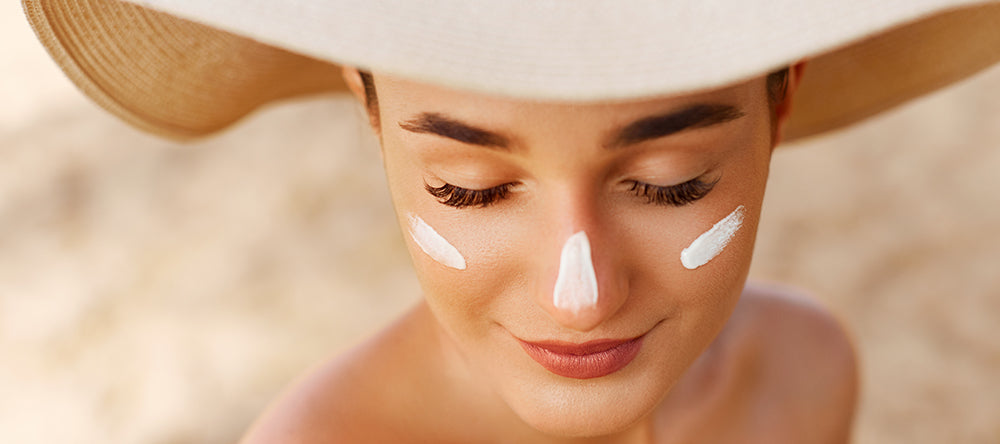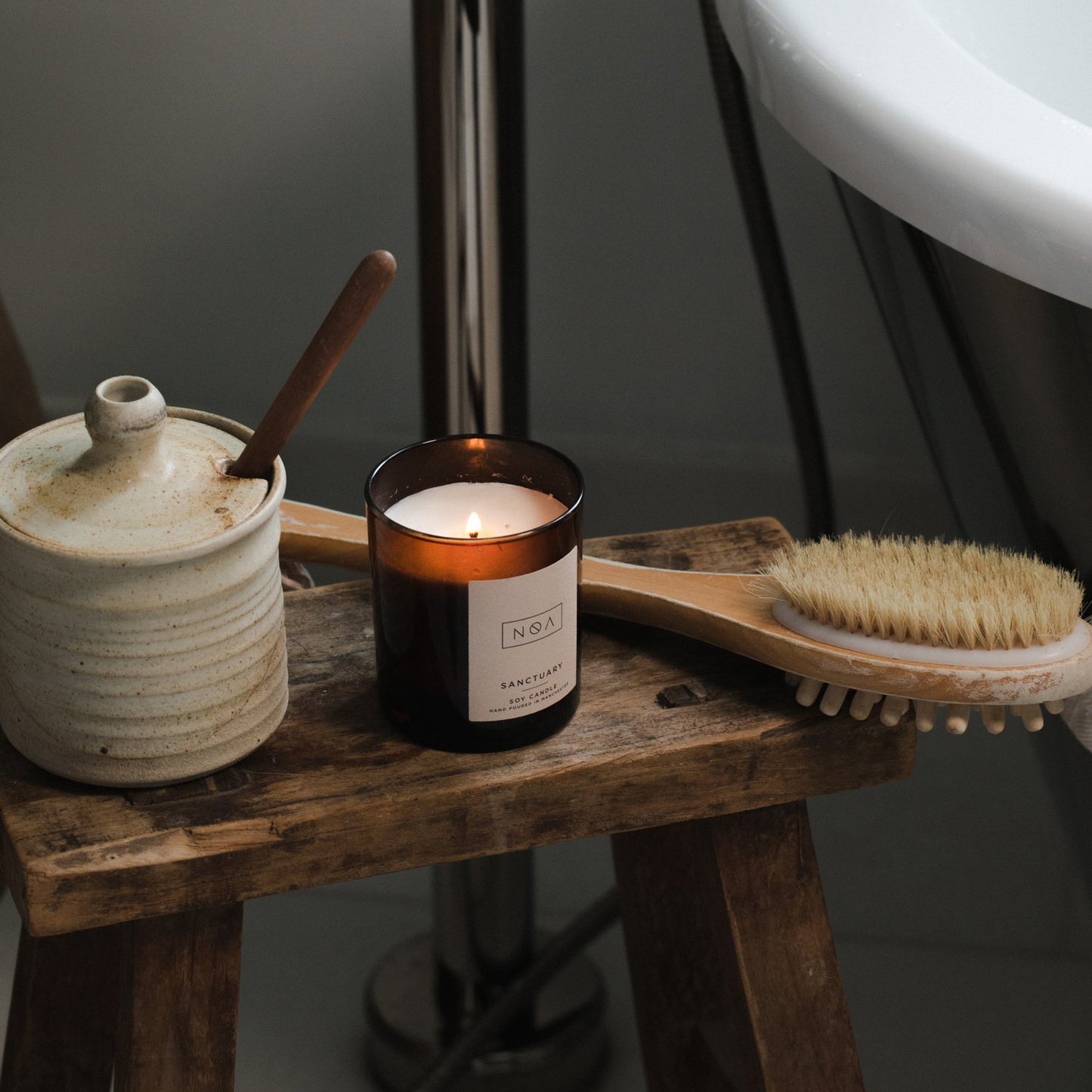
There is not one rule that fits all when it comes your skin care routine, everybody’s skin is different but there is an optimal way to apply your products to get the best results from them. The order in which we apply and layer our skin care products is important when we want to get the best out of the products we are using. Whether it be a simple three step routine, or a nine step routine of essences, acids and retinol, it is important to layer them correctly for them to be most effective.











